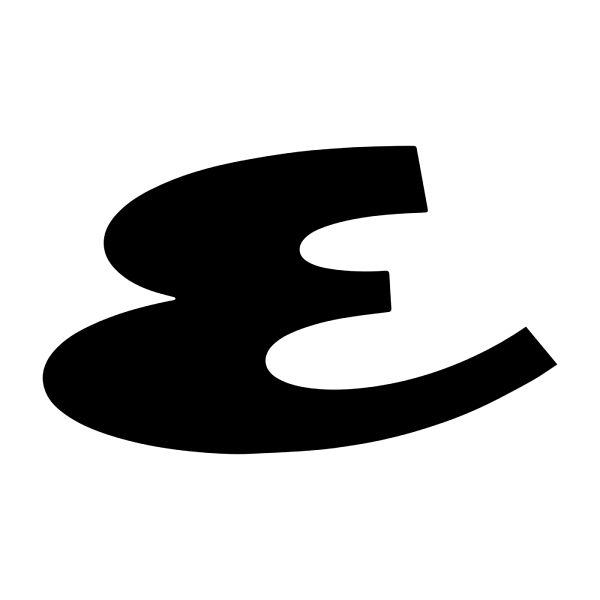20 Cellphones Every Filipino Went Through and Loved

The love affair between Pinoys and their mobile phones started during the early nineties when telcos started offering call-only services on analog networks. With the introduction of the GSM standard, a new form of personal communication was now possible on a handset. SMS or texting became—to use a modern term—viral in the mid-nineties. Voice calls were still rather expensive but texting, which was initially offered for free, was the true killer "app." It became the reason why every Pinoy wanted to have a cellphone. Here’s a look back at the handsets the Filipinos fell in love with.
Nokia 3210
The sleek
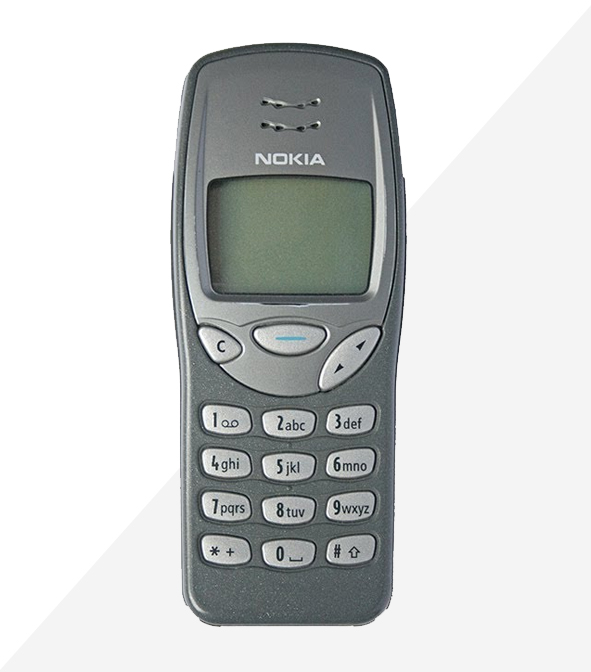
Nokia 5110
For a lot of people, this was their first Nokia phone. The 5110 was one of the most ubiquitous phones of the late ‘90s to early 2000. With its tank-like build, the phone could withstand a lot of abuse while offering customization via changeable faceplates.
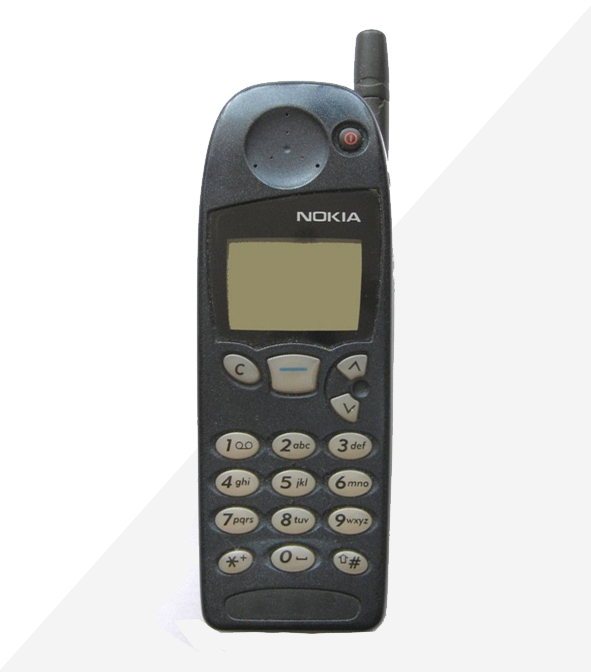
Nokia 3310
Not exactly a sequel of the legendary 3210, the 3310 offered a similar, albeit chunkier form factor. Aimed at
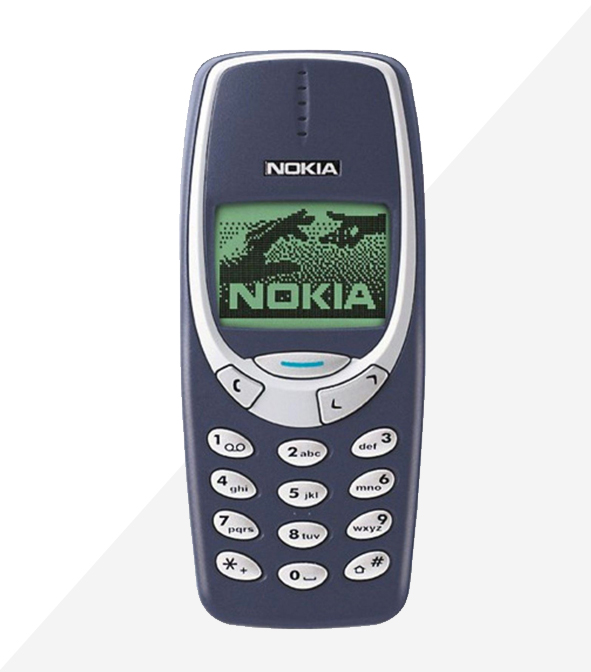
Nokia 7110
Fresh on the heels of the 8110 featured in the Matrix movie, the 7110’s impressive party trick was the button-activated sliding keyboard cover. Answering a call meant an impressive spring-loaded deployment of the mouthpiece. Besides a full WAP mobile internet browser, the 7110 also allowed two-person
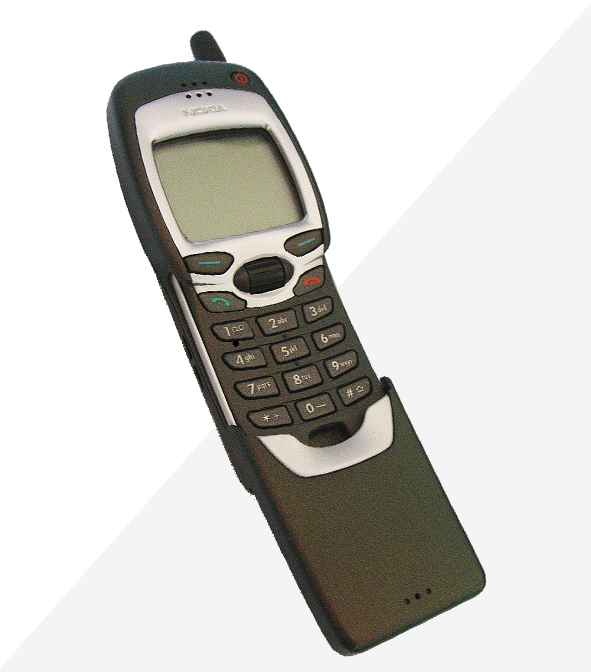
Nokia 7650
This phone was a lot of first for Nokia. It was the first Nokia phone with a built-in camera, and the first to run the Symbian Series 60 smartphone OS. This camera and phone combo introduced a generation to multimedia messaging that went beyond texting.
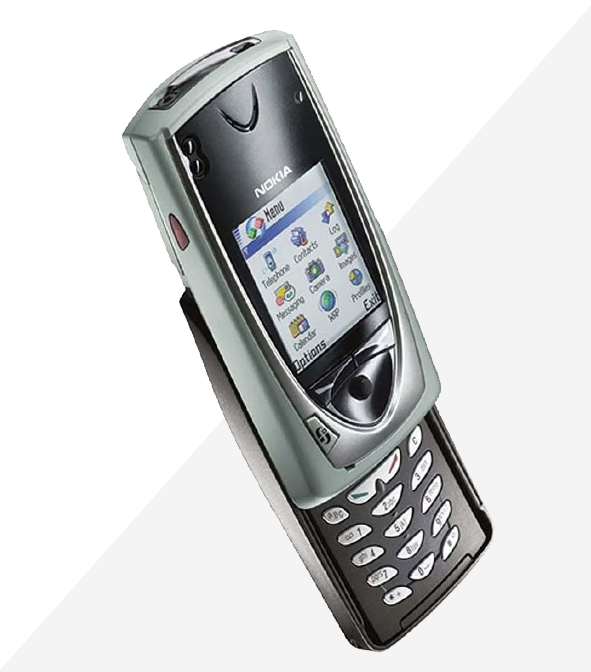
Nokia 6600
The 6600 earned its nickname The Soap not just for its shape, but perhaps for its ability to slide on the floor unharmed. During its introduction, the 6600 was one of the most advanced smartphones in Nokia’s lineup. It’s also not unusual to see some models that are still in perfect running condition today.
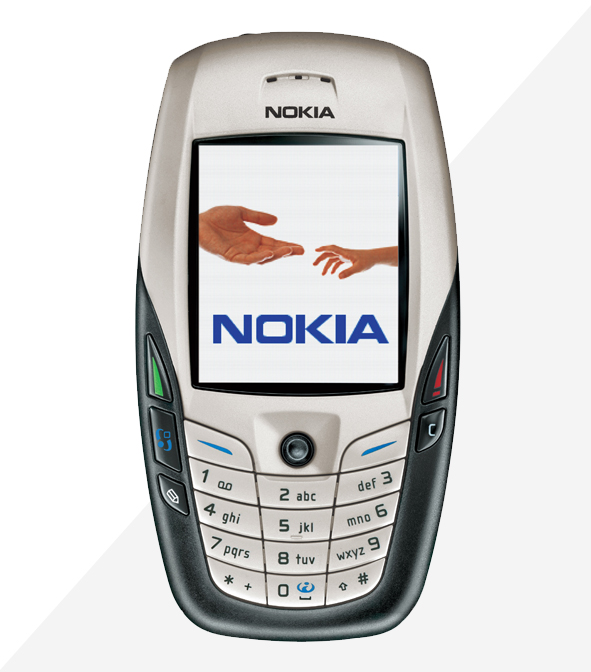
Nokia 9210 Communicator
Nicknamed The Brick, the Communicator comes from Nokia’s ultimate smartphone line. Outside, it’s a hefty

Motorola StarTAC
As the first clamshell and
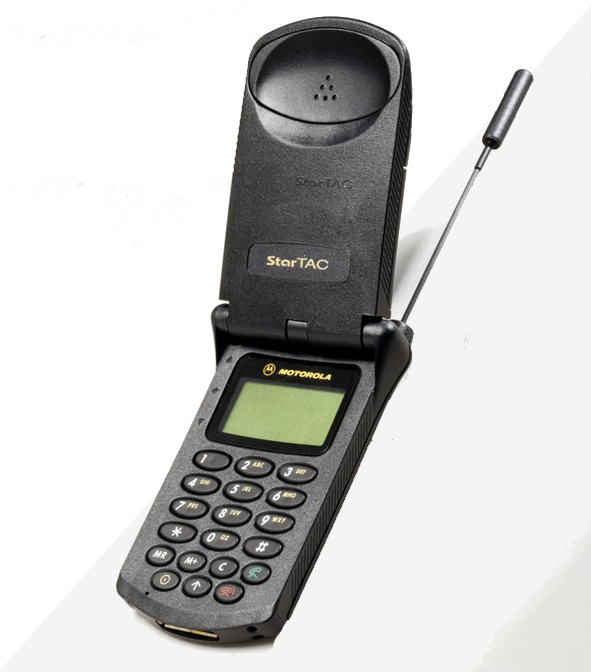
Motorola RAZR V3
Few phones have reached
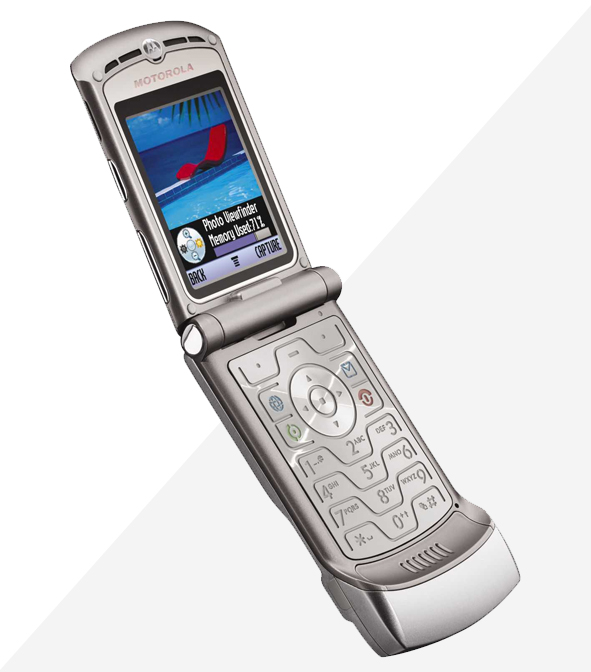
Ericsson T10
During those days, if you didn’t own a Nokia, you probably had an Ericsson phone. Like the Finns, the Swedes made extremely durable phones and the T10 was no exception. A flip cover protected the keypad from accidental presses and pastel colors made the T10 quite appealing to a younger set.

Ericsson/Sony Ericsson T68
The T68 holds the distinction of being Ericsson’s first phone with a color screen. The phone allowed users to receive colored MMS and photos via Bluetooth, IR, or mobile internet. Accessories such as a detachable camera module could be connected to the bottom port.
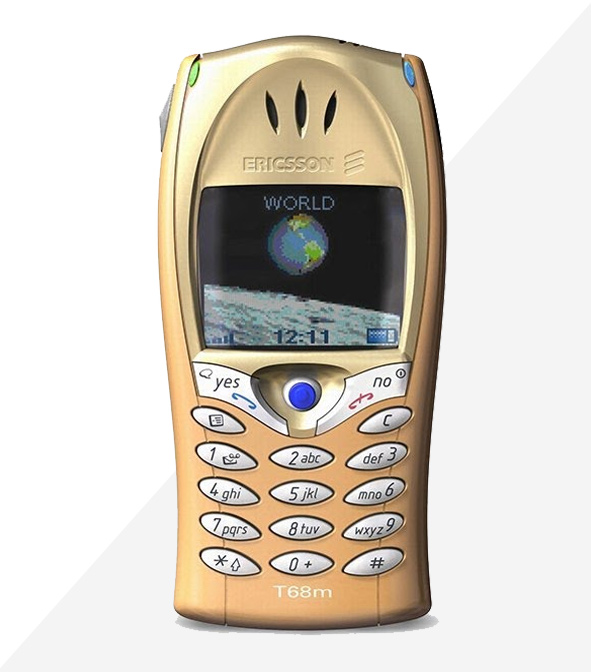
Sony Ericsson K800
Built as
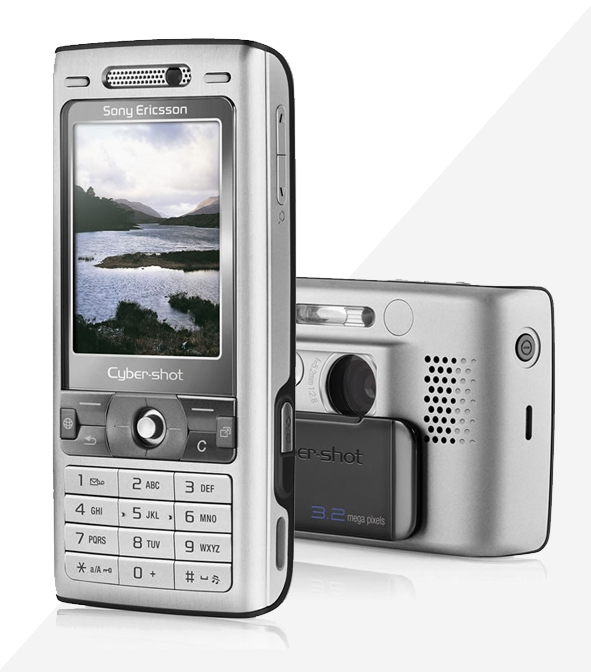
Sony Ericsson P800
The P800 was a flagship PDA-style smartphone that allowed two input styles: stylus and keypad. The

Siemens SL45
As one of the most fully-featured
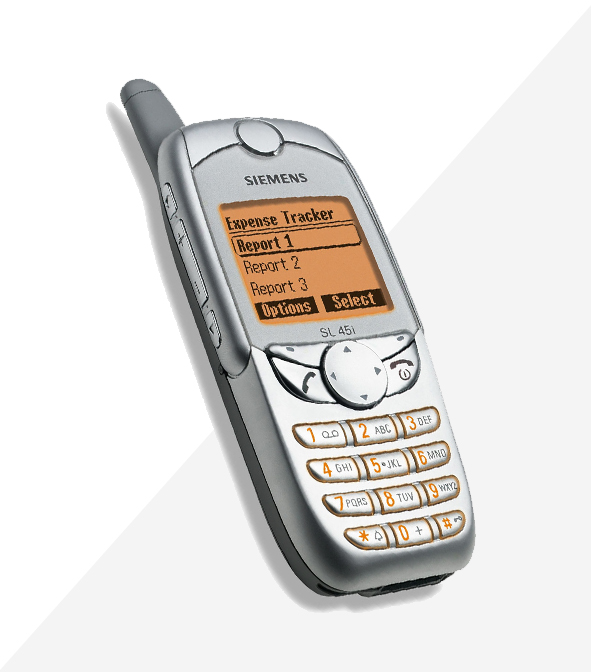
It may look like a Fisher-Price toy, but the OT Easy was a certified workhorse. The two-line LCD display looked like it came from an Easycall pager but it was for the early days of texting. Another unique feature of the OT Easy: it could work on AAA batteries.
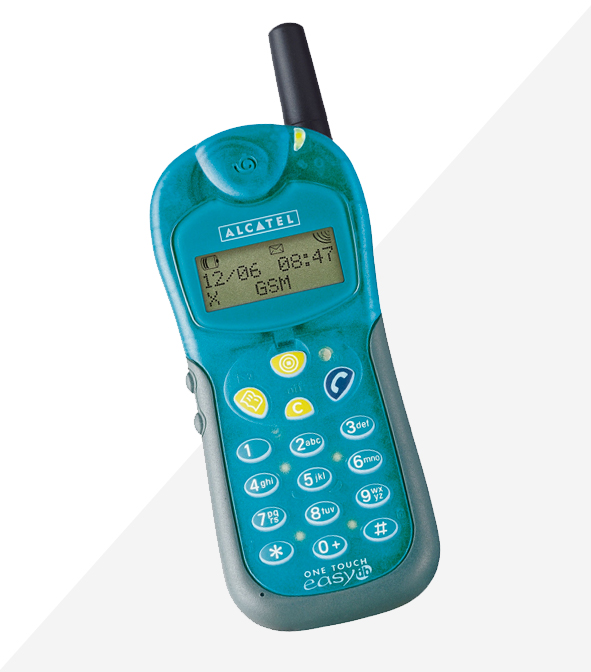
O2 Xda II
O2 ruled the roost when it comes to premium Windows Mobile-powered smartphones and the Xda II was top of the heap. After removing the antenna of the previous model, the Xda II has the iconic touchscreen form factor that’s present in current-generation phones. This
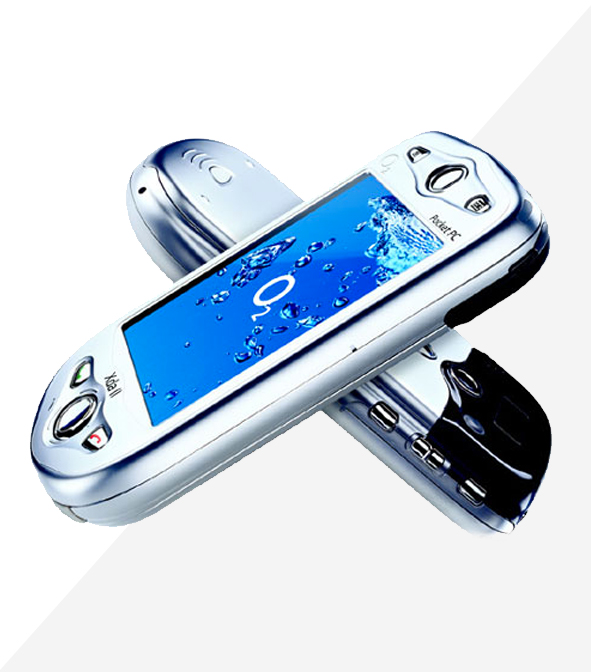
Palm Treo 600
Once only just a PDA maker, Palm made its move into smartphone territory with its Treo line of phones. The Treo 600 had a dedicated qwerty keyboard and a 2.5-inch touchscreen. It ran Palm OS 5.2.1 and the keypad made the device much suited to composing lengthy emails.
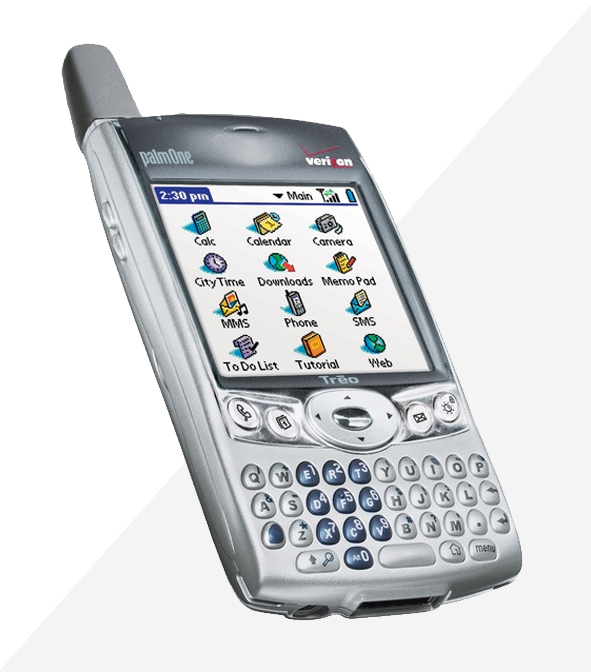
Blackberry 6230
Blackberry devices didn’t take off as much in the Philippines but there were dedicated followers of the phones. Their first Blackberry was probably the 6230 that had a monochrome screen. If you were into instant and group messaging, this was the phone to get.
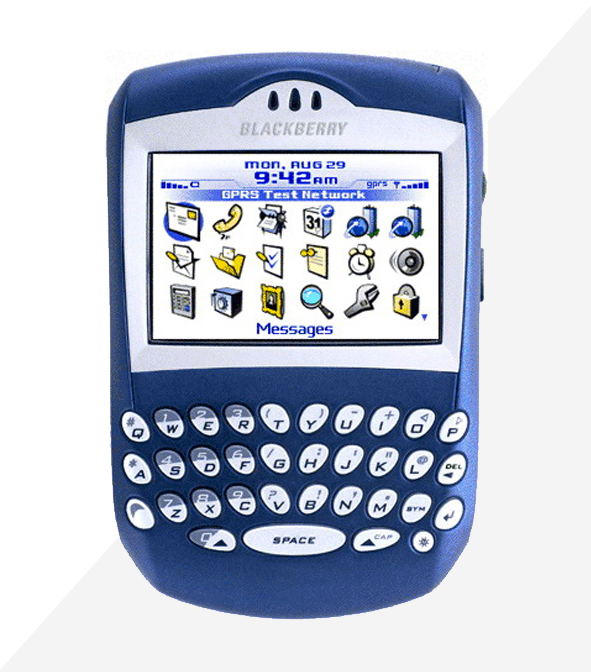
Smart Amazing Phone
Released by Smart in 2002, this Windows Mobile
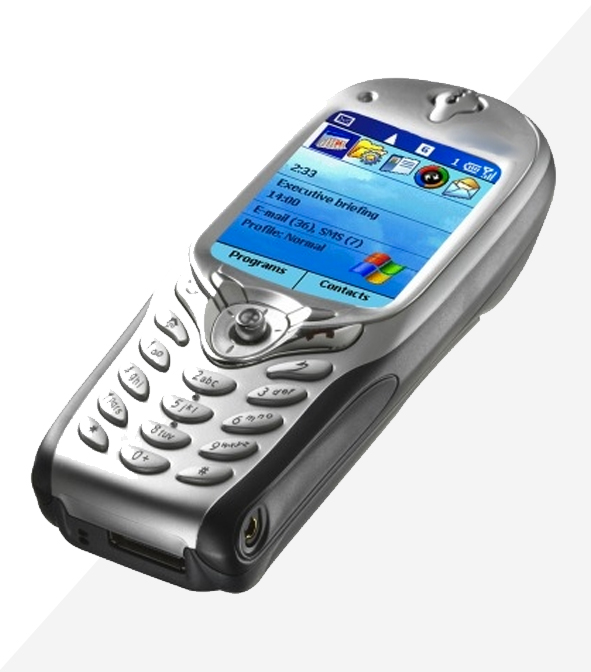
Apple iPhone
The original iPhone is now
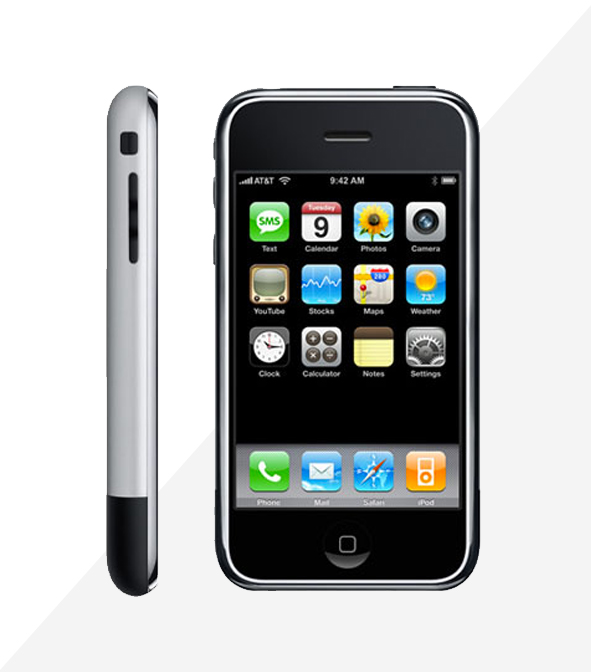
Mobile Phone Companies in the Philippines
While the makers of these nostalgic mobile phone models are still around today, their standing in the leaderboards of the most popular or most esteemed phone providers
